2020 BMW F900XR and F900R First Look

BMW revealed two new middleweight twins, the F900XR sport-tourer and the naked F900R. We’ve seen design filings for both the F900XR and F900R as well as the earlier 9Cento concept, but now we can finally see them in full production trim.
The F900R has a more dynamic look than the F800R, while the F900XR (we’re glad BMW went with this name rather than the F850RS name some were suggesting) shares a similar look to the just revealed S1000XR.
Both models share the same DOHC four-valve two-cylinder engine based on the powerplant introduced on the F850GS. Here, the engines have been enlarged to 895cc from 853cc, with BMW claiming an output of 103 hp. The compression ratio has increased from 12.7:1 to 13.1:1, while the crankshaft now has a 90-degree offset, firing at 270° and 450° to produce a similar sound as a 90-degree V-Twin. A new low slung stainless steel silencer further refines the engine sounds. A pair of counterweight shafts help to balance out engine vibes.
The engine is equipped with an anti-hopping clutch and can be fitted with drag torque control (MSR) to reduce rear wheel slip during downshifts and abrupt throttle application.
The F900R and F900XR offer two riding modes as standard, Rain and Road, with an optional Riding Modes Pro that adds Dynamic and Dynamic Pro modes. Also optional electronic aids include quick shift, dynamic traction control and cornering ABS.
The two bikes share the same steel bridge frame that uses the engine as a load-bearing element. The bolt-on rear subframe is new to the F900R and F900RS, for a shorter, slimmer rear than the F850GS’s tail.
Whereas the previous F800R had the fuel tank under the seat, the F900 models move it back to the more conventional location in front of the rider. The new fuel tanks are plastic-welded, which BMW claims is a first for production motorcycles, with the F900R’s tank holding 3.4 gallons and the F900XR holding 4.1 gallons of fuel.
The two bikes come equipped with 43mm inverted forks with a steeper head angle and modified offset and rake as the GS. A single rear shock is mounted directly to the double-sided swingarm, offfering adjustable spring preload and rebound damping. The F900R offers 5.3 inches of travel while the XR has longer suspension offering 6.7 inches of travel. Dynamic ESA is an available option.
The longer suspension also makes a difference in seat height, with the F900XR’s saddle positioned 32.5 inches from the ground compared to the F900R’s 32.1-inch height (lower and higher seats are available as options).
Ergonomically, the F900R has a sportier riding position, with footpegs set further back and the handlebars further forward. The F900XR has a more upright position with the bars set higher and further back. Hand levers are adjustable on both models. The F900XR also comes with a hand-adjustable windscreen.
Both models come with 6.5-inch TFT displays with mobile connectivity as standard, with the BMW multicontroller on the left handlebar handles the screen options. On-screen navigation is also offered as standard.
The 2020 BMW F900R will be offered in Blackstorm metallic, San Marino Blue metallic and Hockenheim Silver metallic/Racing Red color options. The 2020 BMW F900XR will come in Light White, Galvanic Gold metallic, or Racing Red. U.S. pricing and availability remains to be announced.

Dennis has been a part of the Motorcycle.com team since 2008, and through his tenure, has developed a firm grasp of industry trends, and a solid sense of what's to come. A bloodhound when it comes to tracking information on new motorcycles, if there's a new model on the horizon, you'll probably hear about it from him first.
More by Dennis Chung




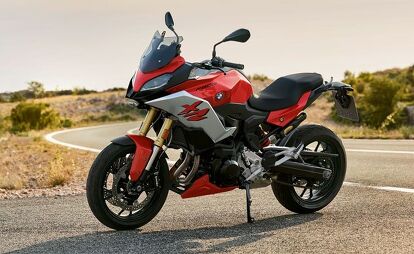












































































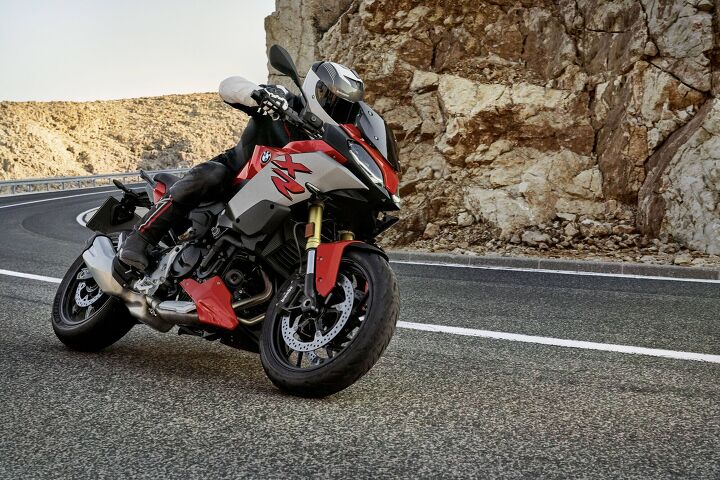












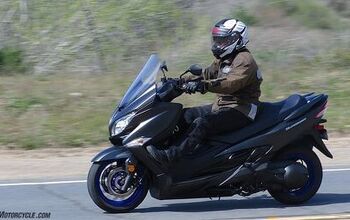
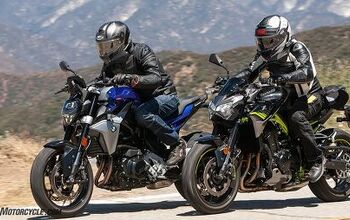
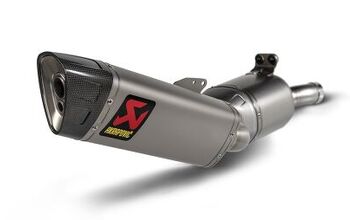














Comments
Join the conversation
"U.S. pricing and availability remains to be announced."
Except, of course, we know it will be more than an old moron cares to pay.
I was thinking that this was a pretty decent looking roadster until I read 3.4 gallons. Pathetic fuel capacities is a cancer in the industry right now. 4.5 used to be the standard. Now you’re lucky to be north of 4.0 on anything that isn’t a dedicated touring bike